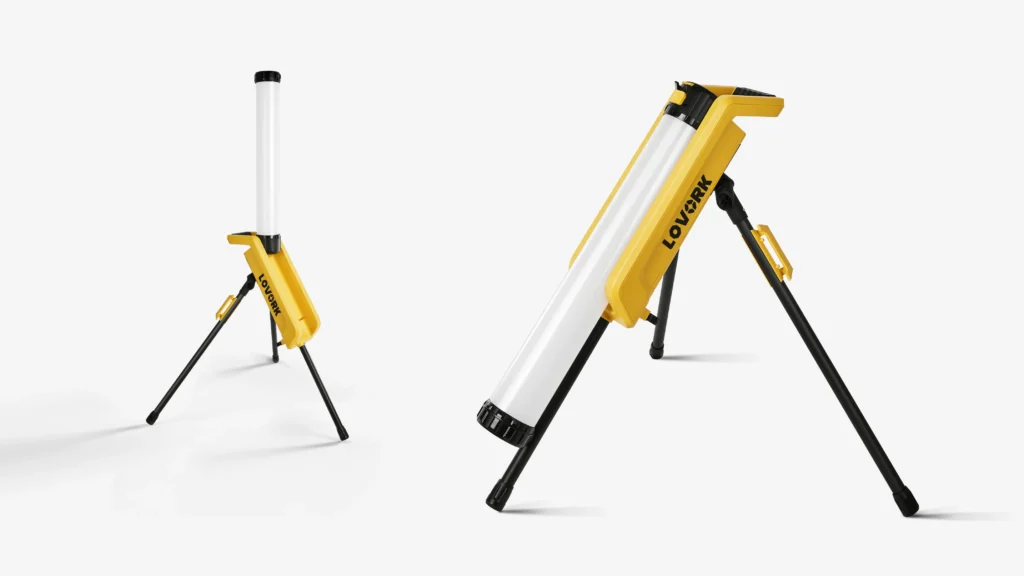The quality of work lights can be judged from the following aspects:
Appearance and Packaging
- Packaging labels: The outer packaging of genuine work lights should clearly indicate information such as rated voltage, voltage range, rated power, brand trademark, and relevant certification marks. The trademark printing quality is good, with clear fonts that are not easy to fall off.
- Lamp body appearance: The shape and size of the lamp tube are consistent, without cracks or looseness, and there are no signs of prying at the interface. The shell material has a good texture; for example, plastic shells made of flame-retardant materials have a texture similar to frosted glass, rather than ordinary plastic with a smooth and shiny surface.
Optical Performance
- Brightness and luminous flux: The higher the luminous flux, the brighter the lamp. You can check the product parameters, compare the brightness by covering the light source with white paper, or refer to the luminous flux value for judgment.
- Color temperature and color rendering: The color temperature close to that of sunlight is better, generally around 4000K-6000K. The higher the color rendering index, the closer the color of objects under the light is to natural light; usually, a color rendering index of 80 or above is better.
- Light spot and uniformity: High-quality work lights have uniform light spots, without obvious color spots or rings, and the brightness distribution within the irradiation range is uniform.
Electrical Performance
- Power factor: A low power factor indicates poor design of the driving power supply and circuit, which will reduce the service life of the lamp. You can check the product parameters or consult the merchant to know the power factor value.
- Power efficiency: The higher the power efficiency, the lower the power consumption of the power supply itself, the greater the output power, and the better the energy-saving effect. Generally, the efficiency of high-quality power supplies is above 85%.
- Electromagnetic compatibility: Check whether the outer packaging has relevant marks indicating that it has passed electromagnetic compatibility testing. You can also test with a medium-short wave radio: place the radio near the powered-on lamp, and the lower the noise, the better the electromagnetic compatibility.
Heat Dissipation Performance
- Heat dissipation materials: Materials with high thermal conductivity, such as aluminum and copper, have good heat dissipation effects. For example, LED work lights usually use aluminum as radiators, and the larger the contact area between the radiator and air, the better.
- Heat dissipation structure: A reasonably designed heat dissipation structure, such as a large number of heat sinks with large areas and evenly distributed heat dissipation ribs, is conducive to heat dissipation and can extend the service life of the lamp.
Service Life
- Lamp bead life: High-quality lamp beads have a theoretical life of 50,000-100,000 hours. You can check the product parameters or consult the merchant to learn about the life of the lamp beads.
- Light decay: Under the same conditions, a work light whose brightness does not decrease significantly after being continuously lit for a period of time indicates small light decay and good quality of the lamp beads.
Safety Performance
- Protection level: Choose an appropriate protection level according to the usage environment. For example, IP65 indicates a high level of dust and water resistance, suitable for outdoor or humid environments.
- Electric shock protection: The live parts of the lamp should have good insulation and protective measures, such as using lamp holders that meet requirements and covering live parts with covers.

